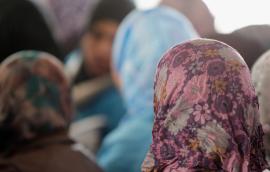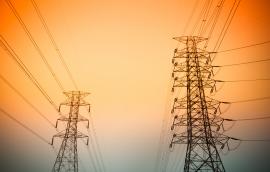Rethinking Female Empowerment in the MENA Region
What is empowerment? How can women across the MENA region become empowered? Is it possible for Western-born concepts — such as female empowerment — to travel across complex contexts and patriarchal/male-dominated cultures? While agreeing on a definition for female empowerment has proved to be a challenging task among scholars and policy practitioners, working out a universal framework that is applicable to different settings has proven to be an even more daunting task.
October 28, 2014






